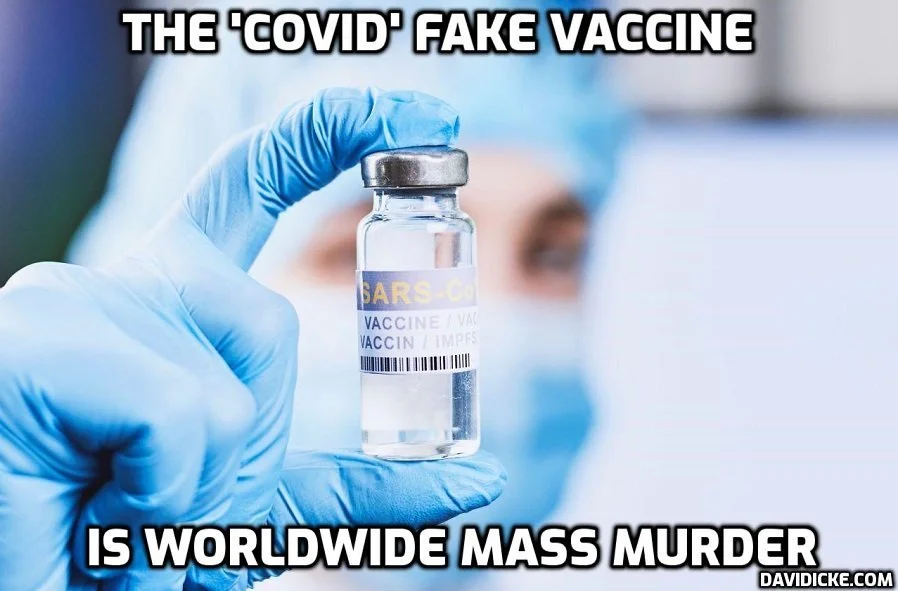AG Declines to File Charges Against NYPD Cops who Killed Saheed Vassell “Misperceiving" that He Had a Gun. Public Video Showing Him Allegedly Pointing an Object at Cops Remains a Public Secret
/From [HERE] and [HERE] The state attorney general’s office will not pursue charges against the four NYPD officers involved in the shooting death of Brooklyn “madman” Saheed Vassell — who became a symbol of the Big Apple’s mental health crisis last year.
The 34-year-old was gunned down by cops in Crown Heights on April 4, 2018, after he tried to attack numerous people with a metal welding tool. The officers involved — Leon Dingham, Anthony Bottiglieri and Bekim Molic, from the 71st Precinct — fired a total of 10 shots after mistaking the tool for a gun.
Attorney General Letitia James’ Special Investigations and Prosecutions Unit released its report on the incident early Friday afternoon, along with an outlined list of “recommendations” that the NYPD should now follow in the wake of what happened.
“Over the course of the investigation, SIPU found that the officers’ actions were legally justified, and that there was no adequate evidence to warrant criminal prosecution against the officers involved,” officials said. “In order to prevent another tragedy, and to promote the public’s confidence in how local law enforcement responds to such occurrences, the Office of the Attorney General outlined the following recommendations.”
The first suggested that 911 operators and police dispatchers receive “comprehensive critical incident training.” The second asked that the NYPD “review and reform its public information policies and practices regarding which facts it should release to the public in police-involved uses of force.”
“The death of Saheed Vassell was a tragedy, and I extend my deepest condolences to his family and loved ones,” James said in a statement. “The Special Investigations and Prosecutions Unit is committed to providing thorough and transparent investigations. We urge the New York Police Department to implement our recommendations.”
Witness Says "In 2 Seconds They Started Shooting" & 'His Hands Were Empty.' Thus far, racist suspect simpletons with the NPR, New York Times and rest of the US media parrot whatever the NYPD tells them to. Showing us all sorts of shit that the cops did not know about before they interacted with this Black man. Cops do not hear 911 calls or read scripts or 911 call chronologies on their way to the scene. They get their info from police dispatch. Obviously, cops did not watch videos or "video compilations" from a private camera before interacting with this Saheed Vassell and they did not see video stills. Such info is not relevant to whether their conduct was reasonable or constitutional. The only question is whether there is any independent evidence to corroborate what the cops claim they saw when they encountered Saheed Vassell. [MORE]
In the unit’s incident report, SIPU investigators describe how Vassell was suffering from bipolar disorder at the time of the shooting.
“Some neighbors were aware of this, but none of the police officers involved in this incident were,” the report says. “At the time of the shooting, Mr. Vassell was standing on Utica Avenue and Montgomery Street in Brooklyn, wielding and pointing a silver metal object in the direction of the police officers. Misperceiving the object to be a gun, officers discharged their weapons.”
Investigators note how Gov. Andrew Cuomo ordered up the SIPU investigation to see if any unlawful acts or omissions were made.
“Based on a review of all of the evidence, the OAG finds that, pursuant to New York State Penal Law (hereinafter ‘PL’) Section 35.30, the NYPD officers who shot Mr. Vassell were legally justified in their actions,” the SIPU report says, noting how the law allows officers to use deadly physical force when, “regardless of the particular offense which is the subject of the arrest…the use of deadly physical force is necessary to defend the police officer or peace officer or another person from what the officer reasonably believes to be the use or imminent use of deadly physical force.”
“Considering all of the information obtained by the OAG during its investigation, we conclude that no criminal prosecution is warranted in this matter,” the report adds. “Under the particular facts and circumstances of this case, the officers’ use of deadly physical force was justified in that it was reasonable for them to believe that such force was necessary to defend themselves and others from what they reasonably believed to be Mr. Vassell’s imminent use of deadly physical force.”
While the actions of the officers were justified, SIPU investigators point out several mistakes that were made during the NYPD’s response — and that’s what prompted the AG office’s recommendations.
“[The suggestions] might have prevented the tragic death of Mr. Vassell, or might have given the community greater faith in law enforcement’s public response in the aftermath of the incident,” says the SIPU report. “Despite the fact that the 911 callers were not completely sure whether the item Mr. Vassell was wielding was a gun (although they thought it was), the police officers on patrol received information that was less equivocal.”
For example, “the information they received included ‘firearm job’ and ‘caller states the male was pointing a gun at people,'” the report adds. “Furthermore, officers were never advised that Mr. Vassell was a person with a mental illness. It is important to note that the police officers on patrol cannot hear an actual 911 call. Rather, a summary of the content is transmitted via the system to a dispatcher, who in turn communicates it to officers via NYPD-supplied cell phones, tablets, and/or over the radio.”
Investigators say the public information policy change recommendation ultimately stems from the release of “protected health information” and Vassell’s “previous contacts with law enforcement” — which, according to them, came from sealed records.
“This information should not have been publicly released,” the SIPU report says. “Because the OAG obtained no evidence that any of the involved police officers were aware of any of this information, it could not have formed any part of their decisions to use force in this incident. Thus, release of such information served no useful purpose except to denigrate Mr. Vassell.”
Six days after the shooting, the NYPD released portions of some video footage it received of the incident — which showed Vassell menacing residents. Investigators say the department should’ve released the entire tape.
“The publicly-released footage did not include much of the videotape showing the interactions between Mr. Vassell and civilians before the shooting,” the SIPU report says. “The released footage was also slowed down and stopped at various points, apparently to emphasize a narrative that the object Mr. Vassell wielded appeared be a weapon.”
According to investigators, the NYPD has no written, publicly available policy governing the release of video in critical incidents.
“For some time, law enforcement agencies have been encouraged to develop ‘[c]lear and concise policies and procedures relating to …[among other issues] video evidence’ in officer-involved incidents,” the SIPU report says. “As noted below, many agencies have embraced this recommendation, generated policies, and made them available to the public. Such an approach serves the dual purpose of establishing expectations and promoting consistency. The OAG recommends that the NYPD, the largest law enforcement agency in the country, generate a publicly available policy governing the release of video in critical officer-involved incidents.”
The NYPD said Friday that it was “closely reviewing” the SIPU recommendations.
“Specifically, the Department is developing plans to enhance crisis intervention training for 911 operators and dispatchers,” Police Commissioner James O’Neill said in a statement. “The NYPD is also in the process of formalizing a clear policy on the release of public information in critical officer-involved incidents.”
The city’s top cop went on to praise the attorney general for making the recommendations, saying they are “valuable contributions on how we can all strengthen our work on behalf of New Yorkers.”
“The death of Mr. Vassell was a tragedy that no police officer — or anyone — would ever want to occur,” O’Neill said. “It is also a somber reminder of the difficult, split-second decisions officers face, with only the information available at that moment, when confronted with what they believe is a significant threat to public safety.”










































































































































































































































































